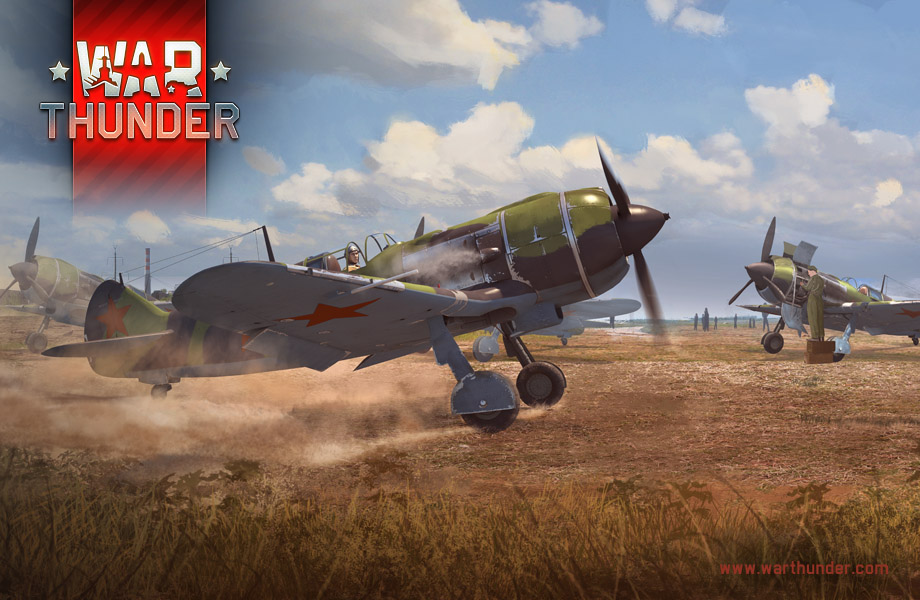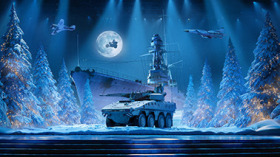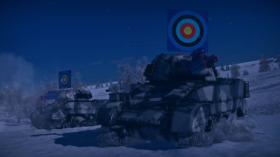
- For PC
- For MAC
- For Linux
- OS: Windows 10 (64 bit)
- Processor: Dual-Core 2.2 GHz
- Memory: 4GB
- Video Card: DirectX 11 level video card: AMD Radeon 77XX / NVIDIA GeForce GTX 660. The minimum supported resolution for the game is 720p.
- Network: Broadband Internet connection
- Hard Drive: 23.1 GB (Minimal client)
- OS: Windows 10/11 (64 bit)
- Processor: Intel Core i5 or Ryzen 5 3600 and better
- Memory: 16 GB and more
- Video Card: DirectX 11 level video card or higher and drivers: Nvidia GeForce 1060 and higher, Radeon RX 570 and higher
- Network: Broadband Internet connection
- Hard Drive: 75.9 GB (Full client)
- OS: Mac OS Big Sur 11.0 or newer
- Processor: Core i5, minimum 2.2GHz (Intel Xeon is not supported)
- Memory: 6 GB
- Video Card: Intel Iris Pro 5200 (Mac), or analog from AMD/Nvidia for Mac. Minimum supported resolution for the game is 720p with Metal support.
- Network: Broadband Internet connection
- Hard Drive: 22.1 GB (Minimal client)
- OS: Mac OS Big Sur 11.0 or newer
- Processor: Core i7 (Intel Xeon is not supported)
- Memory: 8 GB
- Video Card: Radeon Vega II or higher with Metal support.
- Network: Broadband Internet connection
- Hard Drive: 62.2 GB (Full client)
- OS: Most modern 64bit Linux distributions
- Processor: Dual-Core 2.4 GHz
- Memory: 4 GB
- Video Card: NVIDIA 660 with latest proprietary drivers (not older than 6 months) / similar AMD with latest proprietary drivers (not older than 6 months; the minimum supported resolution for the game is 720p) with Vulkan support.
- Network: Broadband Internet connection
- Hard Drive: 22.1 GB (Minimal client)
- OS: Ubuntu 20.04 64bit
- Processor: Intel Core i7
- Memory: 16 GB
- Video Card: NVIDIA 1060 with latest proprietary drivers (not older than 6 months) / similar AMD (Radeon RX 570) with latest proprietary drivers (not older than 6 months) with Vulkan support.
- Network: Broadband Internet connection
- Hard Drive: 62.2 GB (Full client)
From 12.00 GMT on September 11th to 12.00 GMT on September 18th
La-174 is available for research and purchase
.jpg) |
| Semyon Lavochkin |
The fortunes of Soviet aviation changed drastically in four years. When the might of the German military swept across the borders in June of 1941, and thousands of outclassed aircraft were destroyed before they could even take to the skies, few people would ever have dreamed of the change in fortune which lay ahead.
By the Spring of 1945, world class fighters produced in significant numbers were rolling off the production lines of Soviet factories before quickly taking to the skies to achieve air superiority over Berlin itself. If one man above all others could be credited for the design revolution in Soviet fighters, it was Semyon Lavochkin.
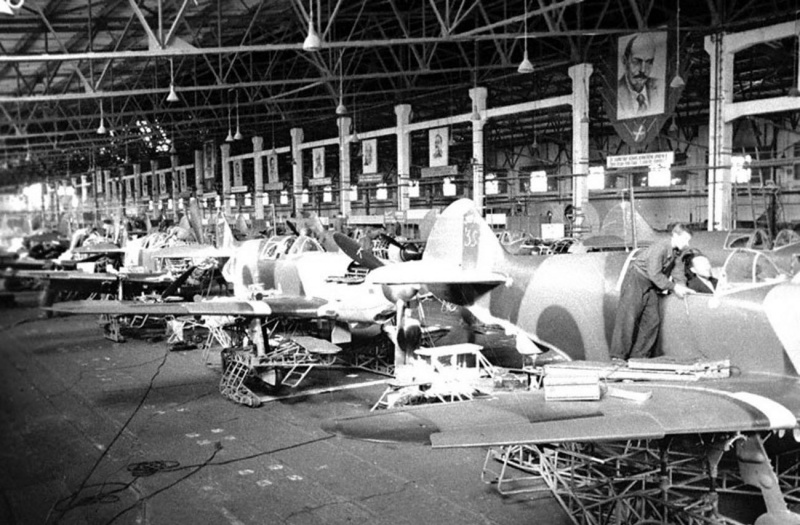 |
| LaGG-3 |
Born on September 11th 1900, Semyon Lavochkin’s parents were teachers in Smolensk. Shortly after Lavochkin’s 18th birthday, he fought in the Russian Civil War as an infantryman. After his military service he studied for seven years at Moscow State Technical University, learning the theory for his future trade as an aviation engineer and designer. Serving his internship at the Central Aerodynamic Institute, he worked under Andrei Tupolev and was involved with the design of the colossal, four engine Tupolev TB-3 bomber.
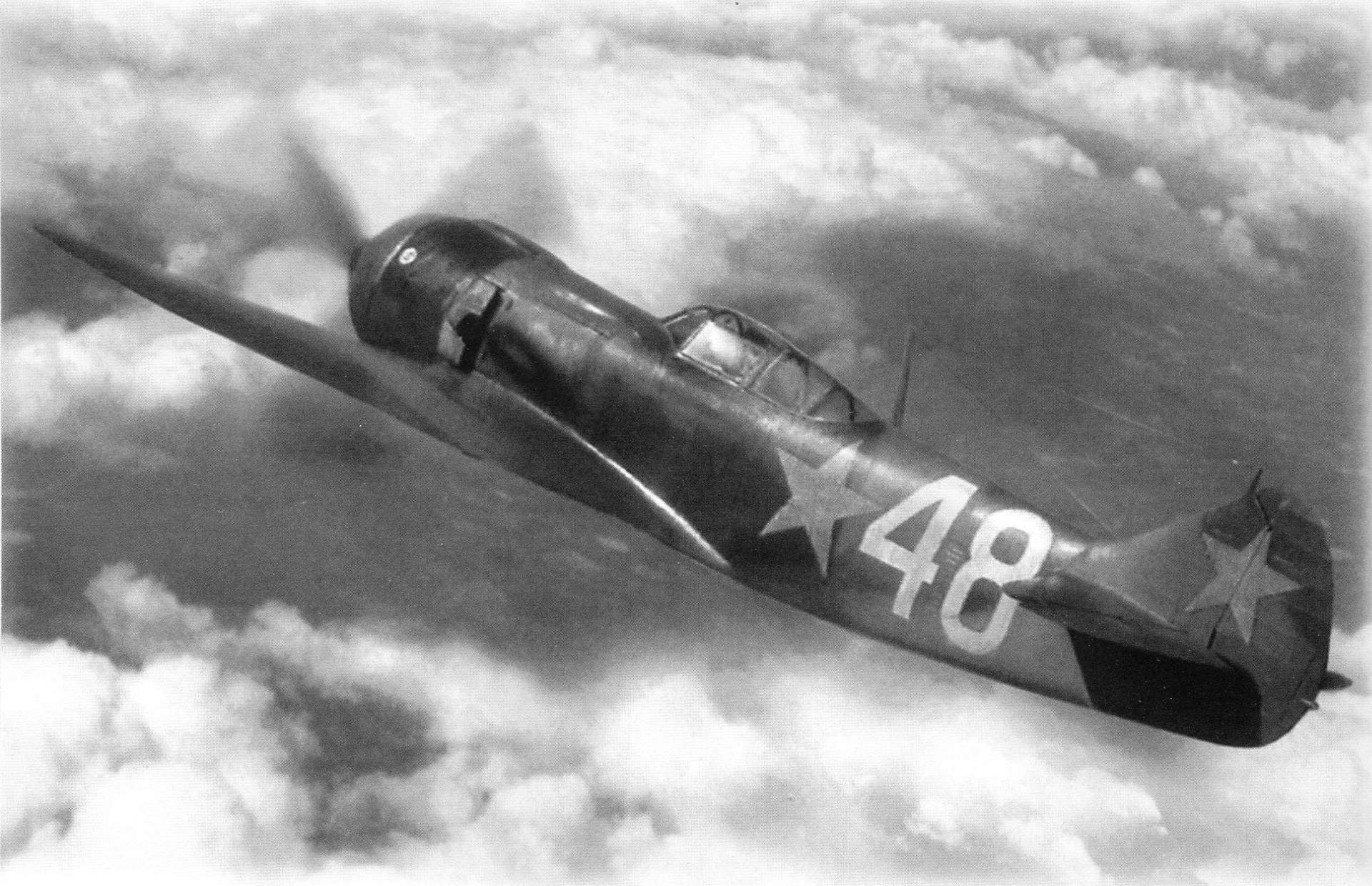 |
| La-5 |
Lavochkin’s experience and standing within the Soviet aviation industry increased during the 1930s, during which he worked for the Central Design Office. He found a real passion for fighter aircraft whilst working for Dmitry Grigorovich, and now found himself seriously contemplating starting his own company. After shortcomings had been identified in Soviet fighters such as the I-153 and I-16 in the skies over Spain, Lavochkin decided the time was right to strike out on his own in an attempt to push his nation’s aviation industry forward to become a real competitor on the international market.
Teaming up with Vladimir Gorbunov and Mikhail Gudkov, the trio’s first production fighter design was the LaGG-1, named after the three designer’s surnames. The LaGG-1 was produced in small numbers during 1940, but feedback from front line squadrons was less than favourable. Returning to the drawing board, the partnership improved on the design to produce the LaGG-3 which was pushed into production for the Red Army Air Force in the thousands.
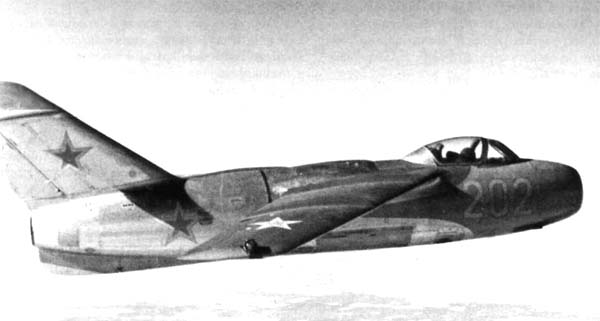 |
| La-15 |
However, the original M-106 engine proved to be unreliable and so was replaced with the earlier, more reliable but less powerful M-105. This in turn led to some serious shortcomings in the LaGG-3’s performance and it was unable to keep up with the Bf109s and FW190s it would face after the German invasion. Its pilots grimly joked that LaGG stood for “varnished guaranteed coffin.”
Undeterred, Lavochkin and Gorbunov continued their partnership and fitted an ASh-82 radial engine to their aircraft and a metamorphosis occurred practically overnight.
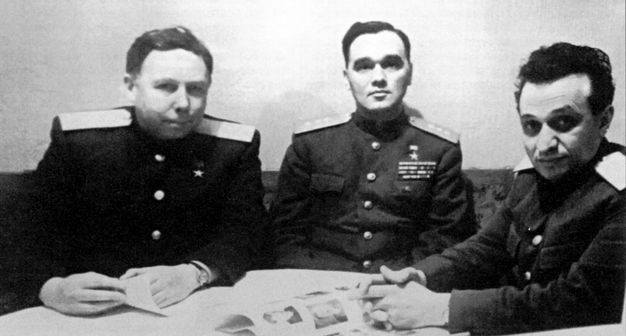 |
|
Fathers of of Soviet aviation, 1950s (f.l.t.r: Lavochkin, Yakovlev, Mikoyan) |
The new La-5 was the very best Soviet fighter to date, and with its later variants it allowed Soviet pilots to face the Luftwaffe on far more even terms, particularly at lower altitudes. The lighter, fuel injected La-5FN would become the most successful version before the design continued to improve with the La-7 and, post-war, the La-9 and La-11.
A true pioneer of the Soviet aviation industry, Semyon Lavochkin’s designs were amongst the very best of piston engine fighters. However, with the arrival of the jet age it would be the MiG design team which would take pride of place in the Soviet fighter industry. In 1960, two years after becoming an academician of the Soviet Academy of Sciences, Lavochkin succumbed to a heart attack whilst working on an air defence system project.
His legacy lives on to this day in the form of NPO Lavochkin, a leading Russian aerospace company.
About The Author
 |
Mark Barber, War Thunder Historical Consultant Mark Barber is a pilot in the British Royal Navy's Fleet Air Arm. His first book was published by Osprey Publishing in 2008; subsequently, he has written several more titles for Osprey and has also published articles for several magazines, including the UK's top selling aviation magazine 'FlyPast'. His main areas of interest are British Naval Aviation in the First and Second World Wars and RAF Fighter Command in the Second World War. He currently works with Gaijin Entertainment as a Historical Consultant, helping to run the Historical Section of the War Thunder forums and heading up the Ace of the Month series. |
